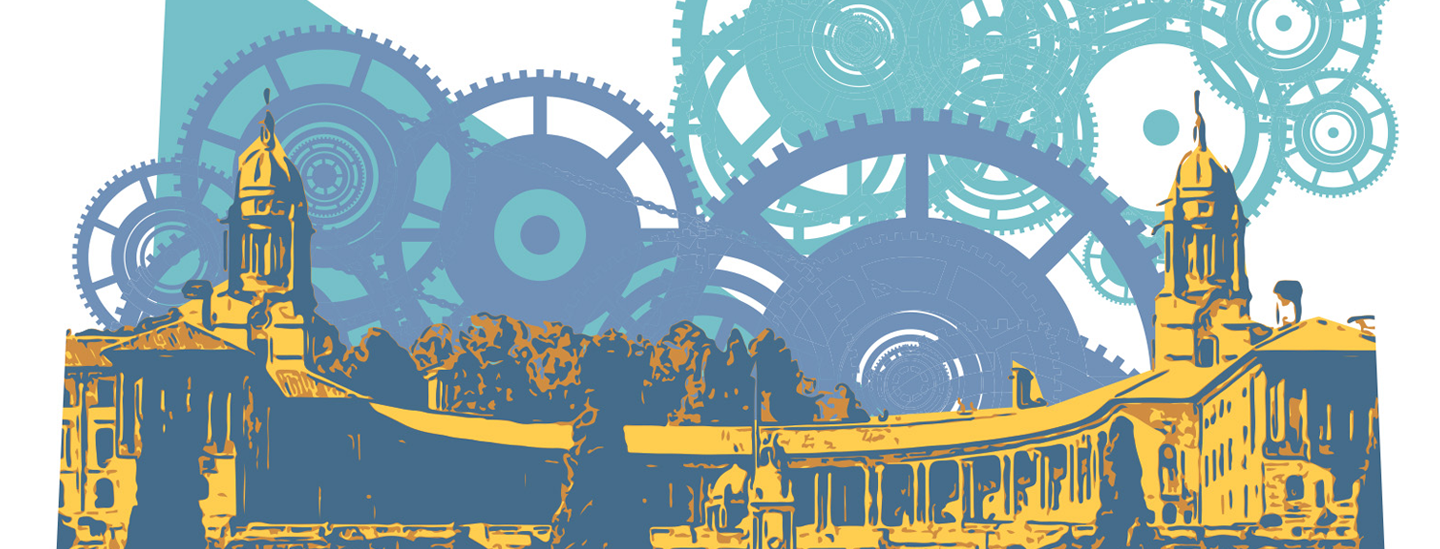PARI hosts a public lecture by UCT Politics senior lecturer, Vinothan Naidoo.
Download the working paper here.
The notion of ‘state machinery’ is usually employed to describe and critique the essential institutional infrastructure needed to effect public service delivery. But it is also inextricably bound up in the politics of deciding what the state’s institutional apparatus should look like in order to give effect to policy commitments. In this study, I examine the mix of functional and political factors which have shaped South Africa’s evolving state machinery. I specifically track changes in the number of national government departments between 1994 and 2014, and submit that this dimension of the literature on public service ‘transformation’ has largely been overlooked. I give an illustrative account of the composition and lifecycle of national departments from the Mandela through to the Zuma presidencies, followed by a narrative analysis of the key political and policy drivers that have shaped the trajectory of machinery change.
I find that the national machinery has been on an expansive trajectory, although there has been discernible variation in intensity across presidential incumbents. I argue that machinery change has unfolded in the absence of a clear strategic blueprint, in conjunction with a coherent programme of public sector reform, and in the most recent period, suggest that it has become acutely susceptible to partisan political demands.
Twitter: #StateReformTalk @PARInstitute
Date: 27 September
Time: 15h00 to 16h30
Venue: Graduate Centre Seminar Room, South West Engineering Building, East Campus, Wits University


